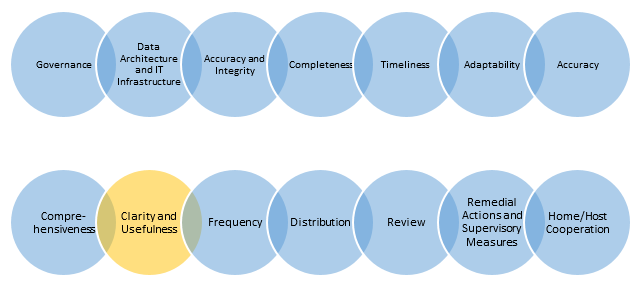
Oil companies are being forced to explore in geologically complex and remote areas to exploit more unconventional hydrocarbon deposits. New engineering technology has pushed the envelope of previous upstream experience. No guidebook existed on how computing methodologies can contribute to E&P performance at reduced risk. Until now. A new book











































